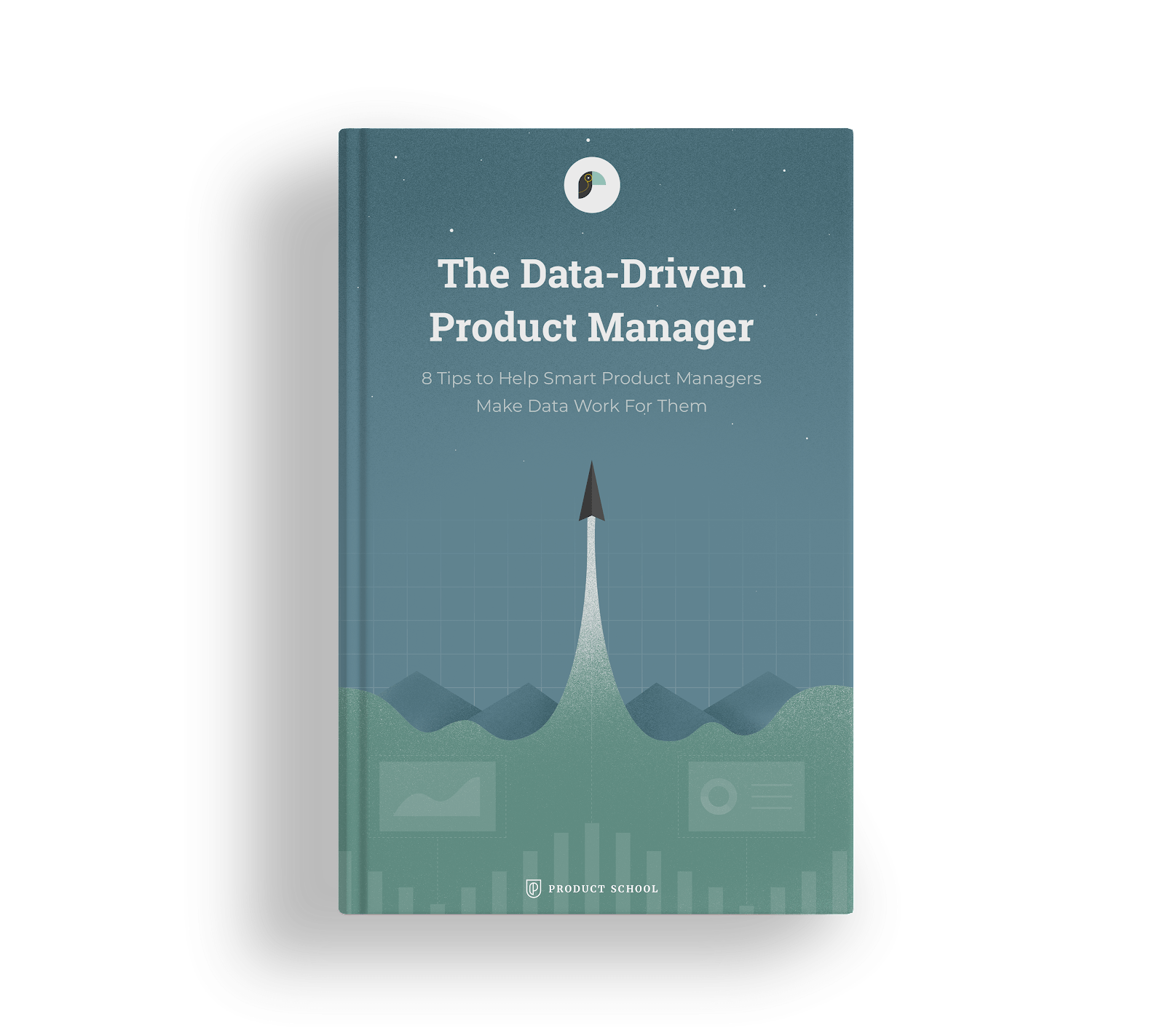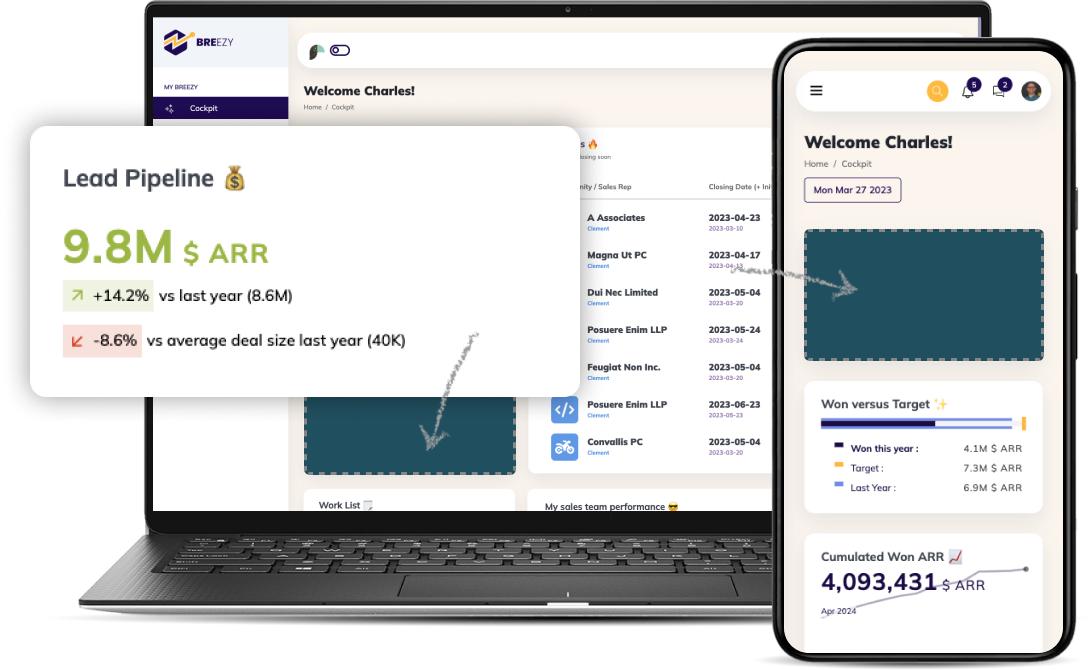A successful SaaS business relies heavily on product engagement. It measures how users interact with your product or how they engage with it.
A product is generally more effective for your business the more interactions users have with it.
You can measure product engagement in order to:
- Observe and monitor the activities of users
- Get a better understanding of how your users are spending their time on your product
- Increase revenue through product-driven growth
- Enhance the design of the product and introduce features that are in demand
Why is product engagement important?
The following are two reasons why measuring product engagement is important to your business.
This ensures that your product provides value to your users. Customers who are engaged with your product are interacting with it frequently. This only happens when they’re getting value from your product.
A high level of engagement leads to a high level of retention and revenue generation. A high level of engagement with the product is essential for user retention. Users who are engaged with your product keep using it for a long period of time, which increases revenue and reduces customer acquisition costs.
How to measure product engagement?
There are several ways in which SaaS companies evaluate product engagement. Measuring it is not an exact science.
It is important to define what you are trying to measure prior to using metrics. Businesses may use feature adoption as a metric for product engagement, while others may have their own unique engagement measures.
Popular engagement metrics include Net Promoter Score (NPS), Customer Satisfaction Score (CSAT), user retention, and user churn.
6 Important product engagement metrics that PMs should track
When it comes to measuring user engagement, here are eight essential metrics that product managers can track.
1. Product engagement score
You can use a product engagement score to understand how users interact with your product quantitatively.
This approach combines three aspects of user engagement:
- An adoption rate is the average number of key events adopted by active visitors and users.
- The stickiness rate of a product is the average ratio between DAUs (daily active users) and WAUs (weekly active users) or MAUs (monthly active users).
- The growth rate refers to the ratio of new and renewed accounts to the number of accounts or visitors that have churned during a given period.
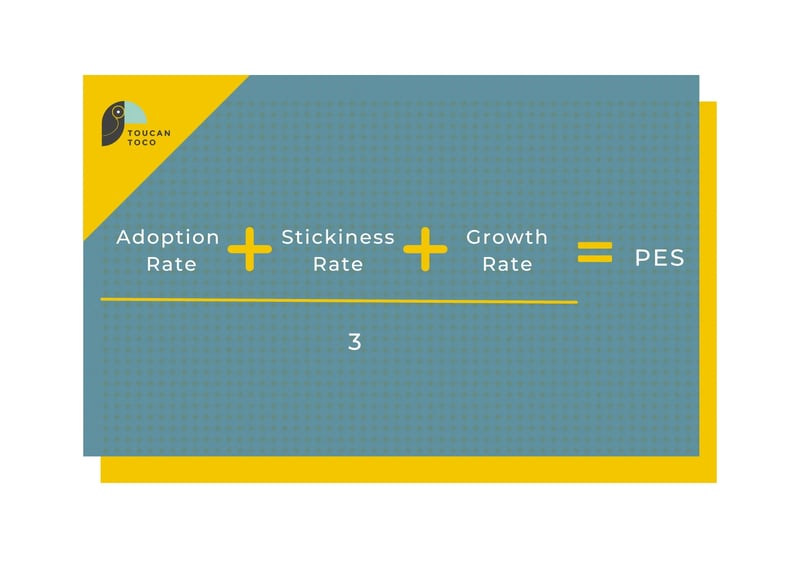
Divide the three rates mentioned above by three in order to calculate the product engagement score.
2. Monthly active users/Weekly active users (Product stickiness)
Stickiness is one of the most important metrics for measuring product engagement, as it refers to users' tendency to return to your product due to its value and engaging nature.
A key component of this metric is the enhancement of customer retention, the expansion of customer accounts, and the increase in customer lifetime value (CLV).
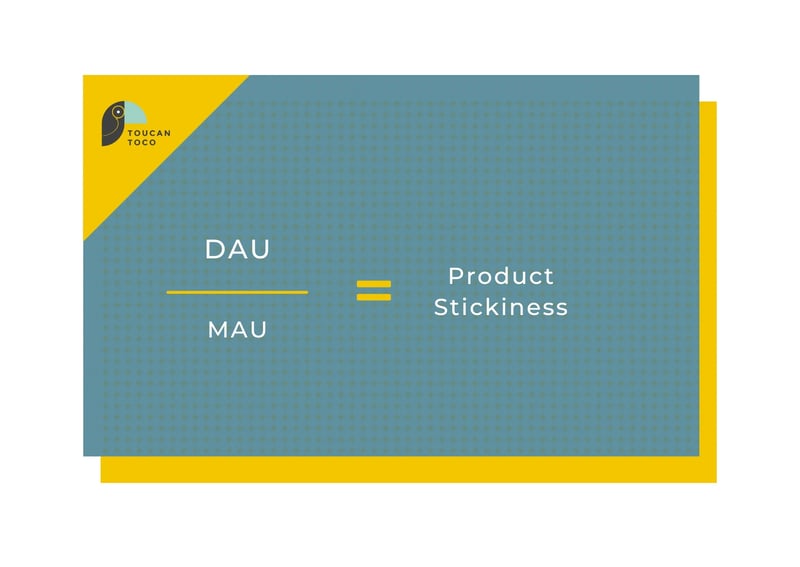
An important product metric for measuring product stickiness is the DAUs/MAUs ratio. For a given period, you need to find out the number of daily users and monthly users and then divide them.
3. Time in product
Time spent in the product is one of the most important metrics of product engagement. This represents the average duration of a user's sessions with your product. It is likely that a user will use a product for a longer period of time if they receive real value from it.
It is also important to consider the nature of the product. Therefore, you should observe your users for a while in order to establish a benchmark and then compare the data with the individual users.
4. Feature adoption rate
Feature adoption is when your customers start using a product’s feature(s). A simple way to track this is to keep a record of how many times a given feature has been used by users.
A high adoption rate indicates that the feature is popular. There may be good reasons why most of your users are actively interacting with a certain feature.
In contrast, features with low adoption rates should be monitored. Either improve them or eliminate them altogether.
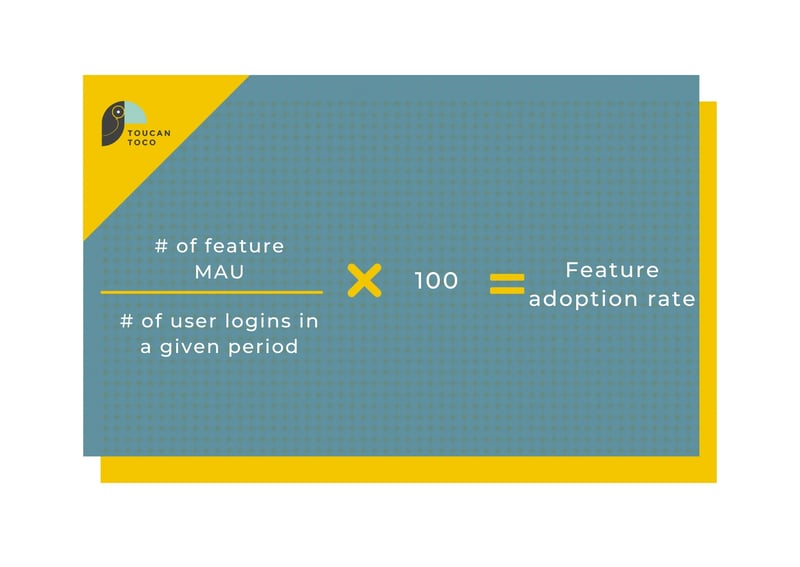
It is necessary to select the features that you wish to measure and a timeframe in order to calculate this rate. After determining the number of monthly active users for the feature, divide it by the total number of user logins.
5. Retention rate
The customer retention rate refers to the percentage of customers who remain with your product for an extended period of time. Users who continually renew their subscriptions and take an active interest in your product are considered to be active users.
High retention rates indicate that users consistently find value in your product, which is why they continue to use it. The more you focus on improving retention, the more likely you are to attract new customers, maintain low costs, increase your return on investment, and boost customer loyalty.
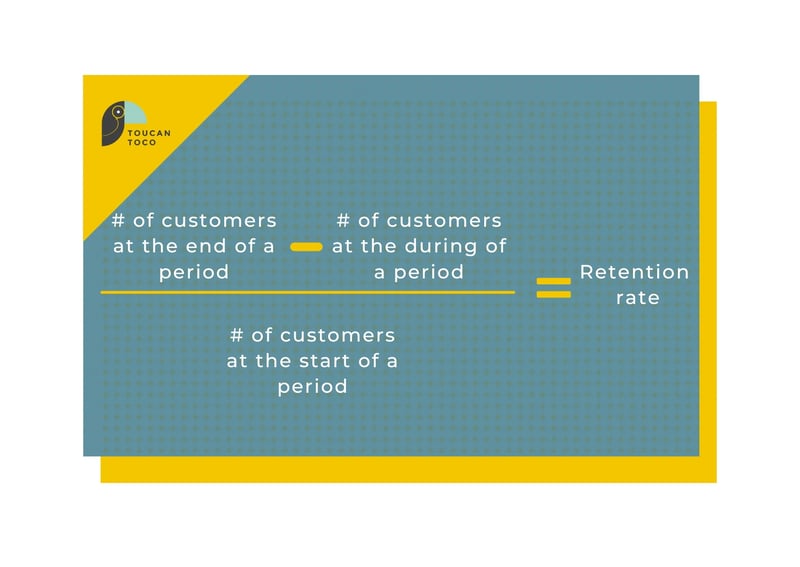
In order to calculate the customer retention rate, you must first select a timeframe. The retention rate can then be calculated by dividing the total number of paying customers at the end of the period by the total number at the beginning.
6. Churn rate
The churn rate indicates the number of users who leave a business over the course of a particular period of time.
An increased churn rate indicates that users are no longer engaged with your product, as they stop using it altogether. Alternatively, a low churn rate indicates a high level of user engagement. The customer is finding continued value in your product and is likely to remain a loyal customer.
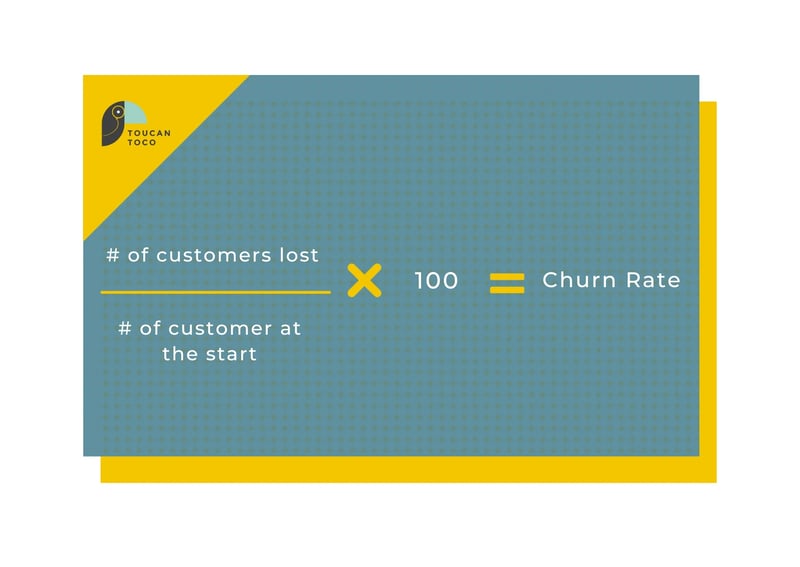
In order to determine the number of churned customers, you must divide the total number of customers at the beginning of the period by the number of churned customers during that period.
Conclusion
It is important to consider your objectives first when deciding which metrics to use to measure product engagement:
- Do you intend to increase interest in a particular feature?
- Is it necessary to determine which of your avenues for acquiring customers requires your undivided attention?
Your metrics will be based on the answers to these questions, as well as any other user engagement puzzles you wish to solve.
Are you interested in tracking in-app user interactions and monitoring product engagement metrics? Get a Toucan Demo and see how you can use embedded customer-facing analytics to improve retention, reduce churn, and keep your users satisfied.



